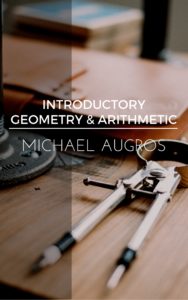Arithmetic
Course
What does it mean to call geometry and arithmetic “liberal arts”? In the vocabulary of the ancients, an “art” (ars in Latin, or techne in Greek), like a science, meant a carefully reasoned-out knowledge. But more than that, it meant a knowledge of how to produce something. Where there is no “product,” there is no “art.” So it is possible for a form of knowledge to be a “science” but not an “art.” For example, Aristotle considered the study of god to be a “science,” a body of knowledge rigorously reasoned out from self-evident principles, but not an “art,” because it did not teach us how to make gods, or how to do anything about god. . . .
Geometry, on the other hand, is both an “art” and a “science” according to the ancient senses of these terms. It is a “science” because it begins from self-evident and necessary truths, and reasons forward to their logical consequences. But it is also an “art” because it teaches us how to make certain things, certain constructions. Although we form these in our minds, and need not draw them on paper or with a computer program (although that usually helps), these are nevertheless mental “products” of a sort. The geometer, for example, can teach us how to put together circles and straight lines in such a way as to bisect a given angle. And unlike the art of medicine, geometry makes use only of “abstract” materials. No one regards a geometer as a failure if he is unable to produce a perfectly straight edge or a perfect circle made out of wood or paper or any other tangible material. That type of production is irrelevant to his art. Thanks to the abstract and mental quality of his materials, they enjoy a kind of uniformity and perfection which means that the statements about them will admit of no exceptions whatsoever. So geometry is not only an art, but a “science” in the strictest (and ancient) sense of the term. . . .
-Michael Augros, Thomas Aquinas College
1. Arithmetic (arithmetica) is the study of numbers, for the Greeks call numbers (numerus) αριξμος. The writers of secular literature would have this discipline be the first among the mathematical disciplines, as this discipline relies on no other for its existence. 2. However, music, geometry, and astronomy, which follow arithmetic, require its support in order to exist and hold their place.” –St. Isidore of Seville (The Etymologies of Isidore of Seville, III.i)
“The Greek word ares means virtus‘, or power, in Latin; and rithmus means numerus, or number, so that “arithmetic” means “the power of number.”40 And the power of number is this—that all things have been formed in its likeness.” ––High of St. Victor (Didascion, II.7)
“[Arithmetic] leads the soul forcibly upwards and compels it to discuss the numbers themselves, never permitting anyone to propose for discussion numbers attached to visible or tangible bodies…. [T]his subject really is compulsory for us, since it apparently compels the soul to use understanding itself on the truth itself… And what about those who are naturally good at calculation or reasoning? Have you already noticed that they’re naturally sharp, so to speak, in all subjects, and that those who are slow at [arithmetic], if they’re educated and exercised in it, even if they’re benefited in no other way, nonetheless improve not and become generally sharper than they were?… Then, for all these reasons, this subject isn’t to be neglected, and the best natures must be educated in it.” –Plato (The Republic VII, 525d-526c)

